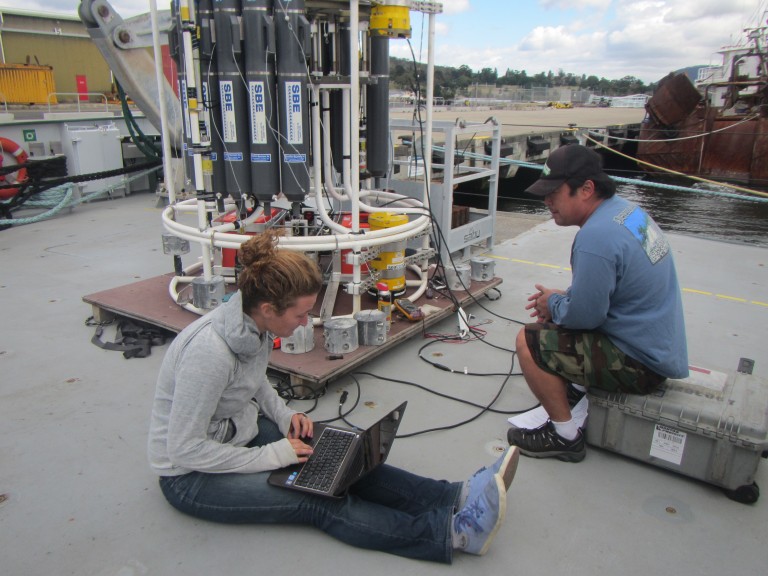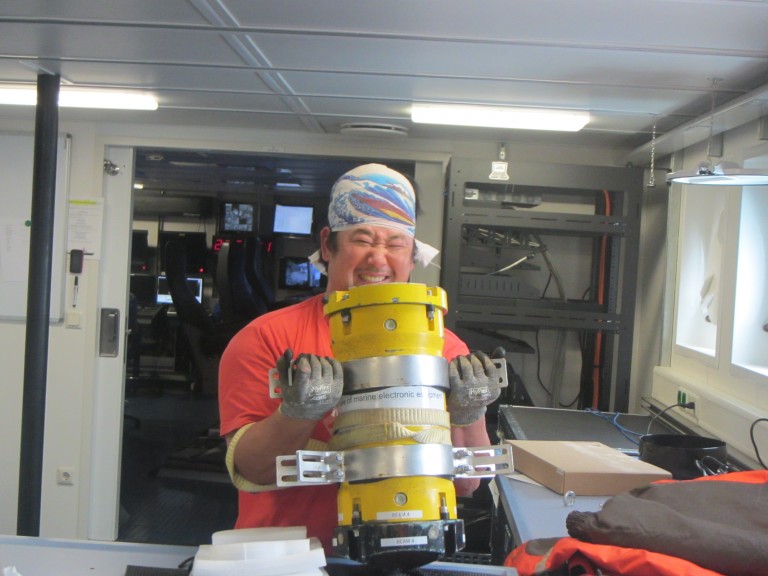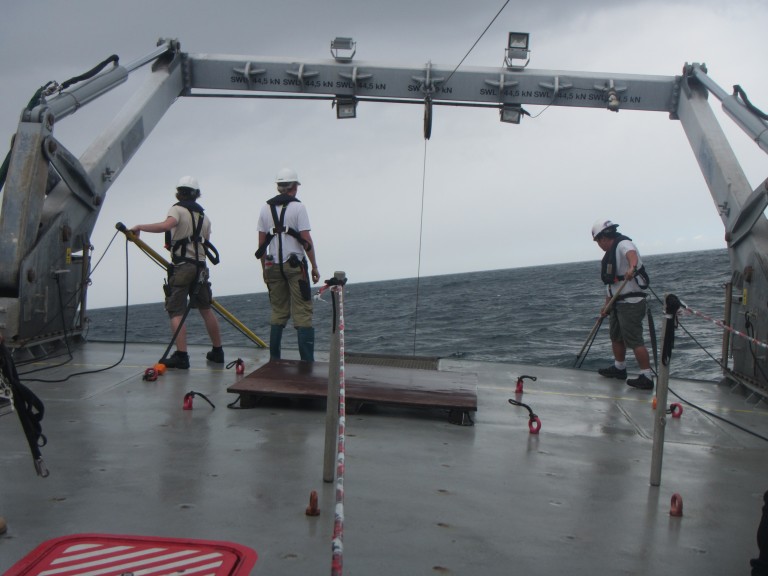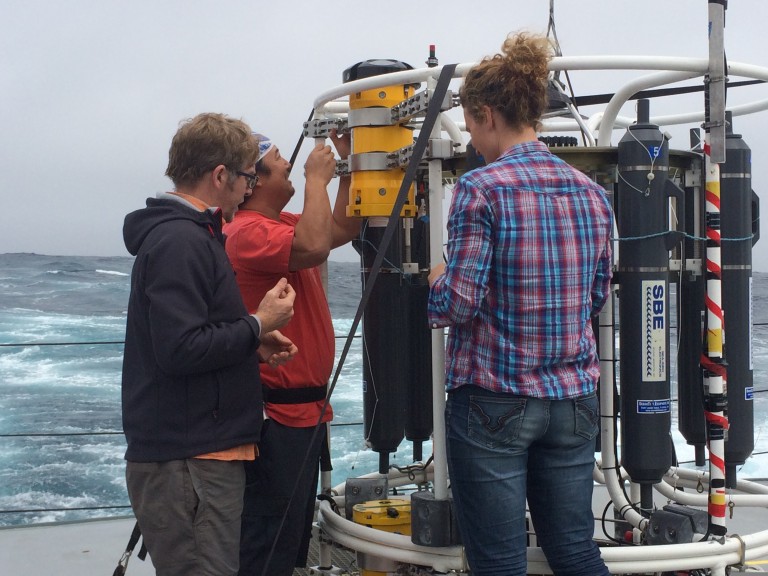As you may have noticed, there is a lot of high-tech experimental equipment and instruments on an oceanographic research cruise. We are in an era of ocean exploration that sometimes rivals the technologies used in space exploration. While research scientists may be involved in the design or concept of research equipment, the majority of this design work, along with the development, construction, assembly, and testing of the equipment, is done by ocean engineers, specifically folks known as development engineers.

A critical role
Development engineers are a critical element for oceanography cruises. When an investigator has a question they want to ask, or some parameter they want to measure, that requires special equipment, they engage the help of a development engineer. Unlike other engineering professions that tend to specialize, development engineers will often be involved in all aspects of creating a piece of equipment, which may include skills in mechanical, electrical, and program engineering. Once the equipment is tested and ready for work, the development engineer still plays a key role – they accompany the researchers on the cruise to ensure things are set up properly, work as they should, and troubleshoot when they don’t. So the job offers opportunities for both lab and field work – a bonus for people who love variety in their career.


Spencer Kawamoto is the development engineer on board Falkor for the T-Beam cruise. He trained as an electrical engineer at UCSD after taking courses at a community college in Saratoga, CA. Although he was already thinking about engineering (his dad is also an engineer), an early job placement course at West Valley CC confirmed his aptitude for the field and he set off on his path. “I always liked putting things together”. As a development engineer, he has a lot of flexibility to explore many aspects of his discipline and teach himself new skills.
Multi-talented
Spencer got his start at Scripps Institution of Oceanography through an internship while he was still an undergraduate. His specialty at that time was programming and he developed software that helped translate “machine language” (binary code) into scientific language (actual scientific units of measurement). From there he was offered other jobs and then a permanent position at Scripps. He’s worked on systems for a variety of projects, mostly related to climate, but ranging from low cost weather stations deployed in Yosemite, CA to moorings that measure mixing between the Pacific and Indian Oceans.


Spencer’s specific role on the T-Beam cruise involves the LADCPs that have been providing all the data on the internal tide current velocities. As we’ve mentioned, the CTD rosette has two of these instruments, one pointing up and one pointing down. The challenge was that the ADCPs were coming from Scripps, and the CTD rosette lives on Falkor. Each CTD rosette is slightly different so there is no “one size fits all” solution for attaching the instruments to the rosette. So Spencer designed the brackets that would hold the LADCPs on the metal frame of the rosette. These have to be strong enough to hold the instruments in place AND withstand possible high wave action, bumping and jostling, AND also be as light as possible. Lucky for the T-Beam team, Spencer is very good at his job and the brackets have worked exactly as they should!
